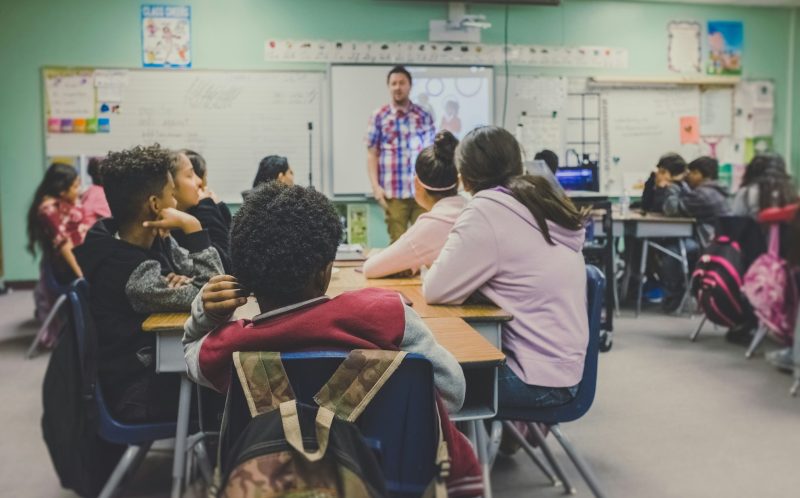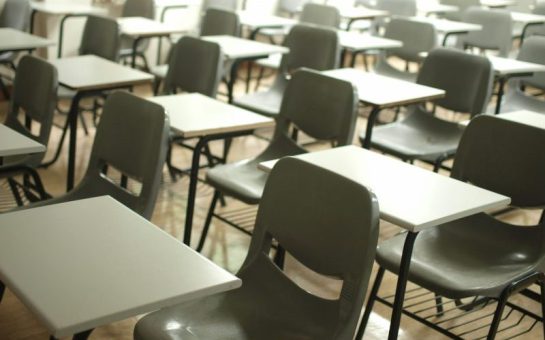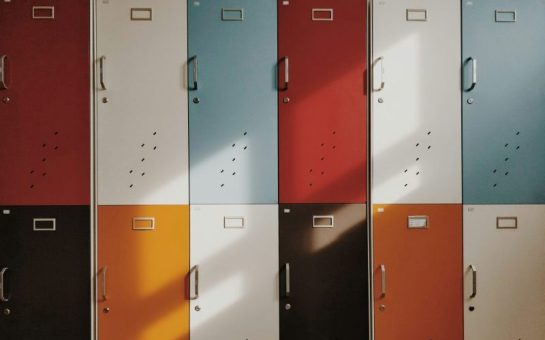Students in London who are eligible for free school meals (FSMs) performed significantly worse in school than their peers who are not in the 2022-23 school year.
Additionally, when looking at the average results of all students, regardless of family income, boys performed worse than girls across London in 2022-23.
These gaps in educational achievement can be seen via Progress 8 scores, the Department for Education’s measurement of educational attainment between the ages of 11 and 16.
These were markedly lower among boys than girls, and even lower still when looking solely at children who receive free school meals.
A Progress 8 score of zero means that students have obtained the base level amount of knowledge expected of them by 16.
A score below zero means students have not learned the amount expected of them, and a score above zero means students have learned more than the base level expected of them by 16.
When looking at the average Progress 8 score of boys and girls in London’s boroughs in 2022-23, ten out of 32 boroughs saw boys falling below zero on their Progress 8 scores, but zero out of 32 boroughs saw girls falling below zero on their Progress 8 scores.
A spokesperson for the Department for Education said: “While girls continue to outperform boys across most headline measures the latest data shows the gender gap between boys and girls has narrowed.
“We are taking a range of steps to improve attainment and outcomes for all pupils, including improving the quality of teaching and curriculum resources, strengthening the school system, increasing attendance, and providing targeted support where needed.”
It is true that in 2022-23 more boys on average scored above zero on the Progress 8 scores than in previous years, but they are still lagging far behind their female peers.
It is well known that boys perform worse than girls in school, but this gap in educational achievement is much wider when looking at students who are eligible for free school meals.
According to a spokesperson for the Department for Education, for a student to qualify for a free school meal in London their parent/s must be in receipt of a qualifying benefit, with a household income below the threshold of £7,400 a year (not including benefit payments).
Just because a student qualifies for free school meals does not necessarily mean they receive them. Free school meals are an indicator of poverty, not of the quality of school meals themselves.
The charts below demonstrate the enormous gap between students in London who are not eligible for free school meals, and students who are.
It is clear that the average student in every London borough whose family earns enough to remove them from the free school meal bracket is performing at a 0 or above on their Progress 8 score, but the average free school meal student is falling behind in over half of London’s boroughs.
Moreover, in every single London borough, students eligible for free school meals performed worse on average.
Kevin Latham, Research and Policy Manager at the Sutton Trust, a charity that champions social mobility through education, said: “At its heart, the attainment gap is caused by underlying poverty and exacerbated by regressive changes to school funding, socially selective admissions to top schools, and unequal access to high quality teachers.
“Greater access to private tutoring enjoyed by middle-class pupils is also an important factor, especially as the National Tutoring Programme – a key government initiative to help pupils catch up on the lost learning of the pandemic and its aftermath – is due to come to an end this summer.”
A spokesperson for the Department for Education said in response: “We are taking a range of steps to improve attainment and outcomes for all pupils, with additional support for disadvantaged pupils through programmes.
These include the pupil premium which will rise to over £2.9 billion in 2024-25, and the National Tutoring Programme, which is especially focused on helping the most disadvantaged.”
They did not discuss whether they are extending the National Tutoring Programme after its current end time which is set for the end of this school year.
The average score for boys eligible for free school meals was below zero in all but six of Lonson’s boroughs, and the average score for girls eligible for free school meals was below zero in 13 boroughs.
That means that despite girls, on average, scoring above zero across London, girls eligible for free school meals were still left behind their peers, and boys eligible for free school meals were miles behind.
This is also not a Covid-related problem.
Although there is no data from the Department for Education from the school years of 2019-20 and 2020-21, these gender and wealth discrepancies were apparent in the data collected before Covid started.
It is clear that year upon year students who are born into poor families in London are unable to reach the same level of education attainment by the age of 16 as their peers.
Lantham stressed that the ongoing cost of living crisis, alongside high rates of persistent absences and the surge of mental health issues among pupils, will only exacerbate these issues.
He said he would like to see the next government set out a long-term national strategy to close the attainment gap.
According to Lantham, this should include measures such as re-balancing funding back towards schools serving the most disadvantaged communities.
The Department for Education has committed to school funding in 2024-25 being £60.7bn, the highest ever level in real terms per pupil, which they say will help school leaders to continue to invest in the areas that they know positively impact educational attainment.





Join the discussion